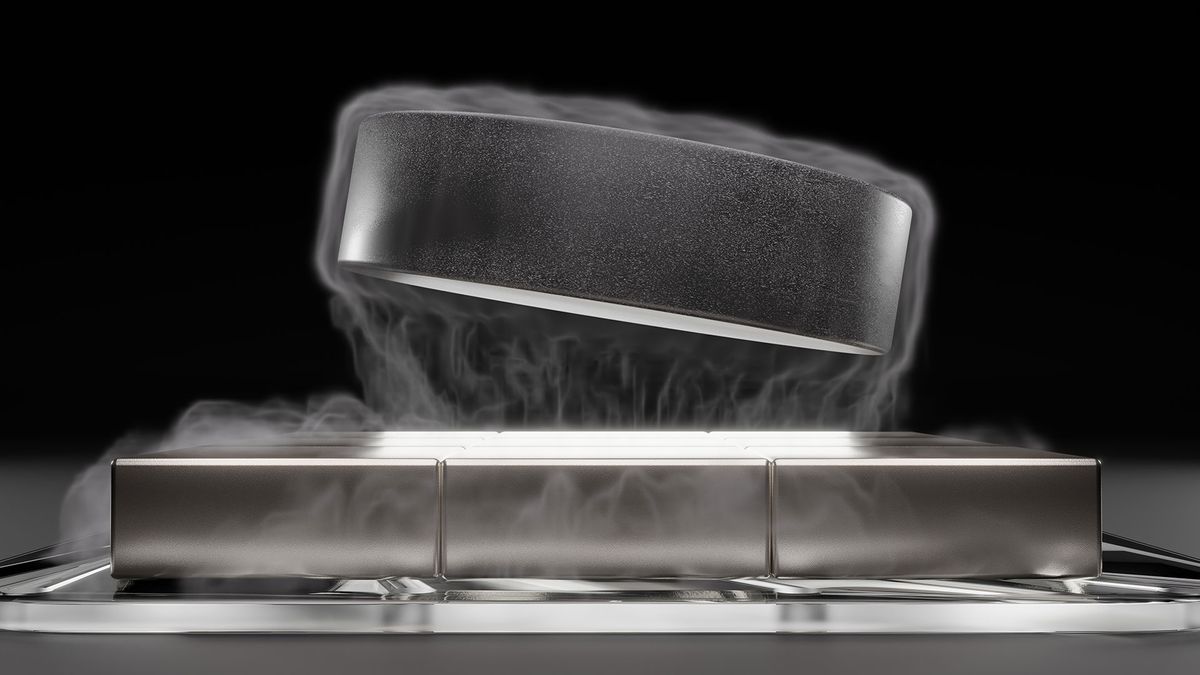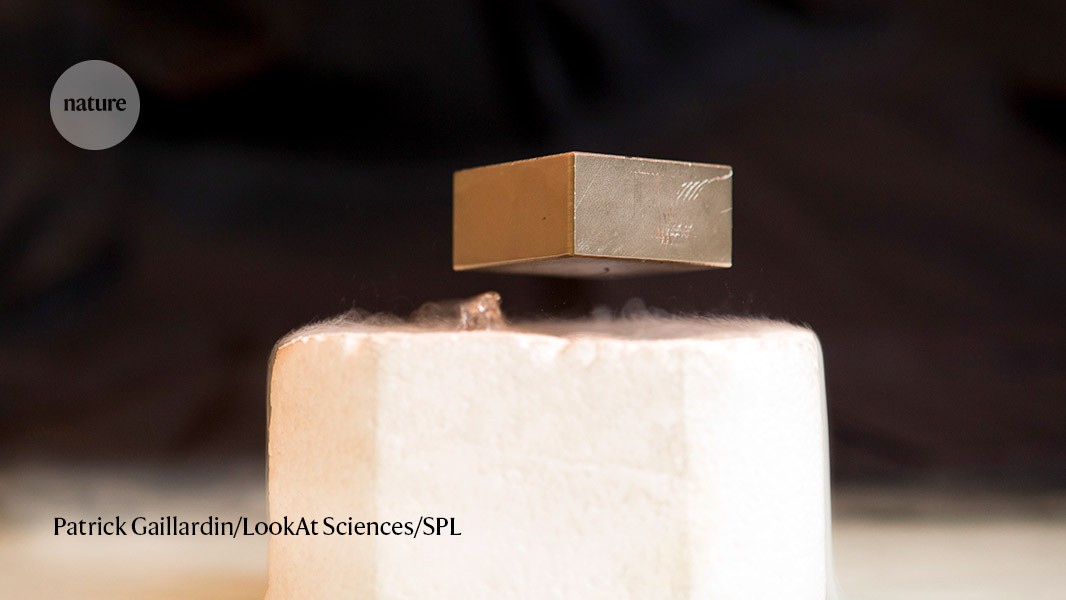RJMacready73
Simps for Amouranth

still hope

unless you want to model proteins or obscure mathematical models, home based Quantum computers would be a waste, its more..does this mean we could have quantum computers at home??? don't they need to run at super cold temps?
devices are at or almost at 3nm. my CPU and phone is 5nm. so it won't be long before we're at 2-1nm. Where do we go after that??

have you thought about leaving the USA?I want to believe because at the current rate, unless fucking UFO drops down to save our ass, my kids and grandkids will live in hell on earth.

have you thought about leaving the USA?


"1 nm" doesn't actually mean that the individual features will be at 1 nanometers, the naming convention has long since been decoupled from the actual physical dimensions.devices are at or almost at 3nm. my CPU and phone is 5nm. so it won't be long before we're at 2-1nm. Where do we go after that??
"1 nm" doesn't actually mean that the individual features will be at 1 nanometers, the naming convention has long since been decoupled from the actual physical dimensions.
Anyway, N1 = A10, which is to say "10 angstrom" will be achieved around 2028:
As the Imec roadmap suggests, at the 'N2' node in 2024 there will be a transition to Gate-All-Around (GAA) nanosheets from current FinFETs transistors.
Samsung is in production with horizontal nanosheets now, and Intel and TSMC have announced HNS production targets of 2024 ('20A') and 2025 ('2nm'), respectively.
After two generations of nanosheets, Imec has a transition to forksheets. Forksheets are a variant of nanosheets that reduce the track height of the cell (not sure how much traction this proposal is getting with the device manufacturers).
Finally, after two generations of forksheets, Imec has CFETs taking over in 2032. There is a lot of work being done on CFETs at Intel and TSMC. The last generation of CFETs in the roadmap introduces atomically thin sheets. We will end up with "2A" around 2036.

I'm Canadian so.. Probably the best place to exist for the upcoming 200 years if we raise the world temp by 4°C

While mainland USA becomes a Mad Max desert, you'll have Alaska at least... or just plain invade Canada

Why is this thread only 2 pages? What the fuck
They’ll be coming for those precious Maple Syrup stock piles!I'm Canadian so.. Probably the best place to exist for the upcoming 200 years if we raise the world temp by 4°C

While mainland USA becomes a Mad Max desert, you'll have Alaska at least... or just plain invade Canada

So used the same side of the magnet booth times --> win.
I don't believe for a second you can grow room temp. superconductor materials at home in your kitchen and it working lol
Literally within a day or so, some reputable folk at Max Plank institute said that errors had been made making the claim invalid so there are doubts if it is valid, has yet to be independently verified.Why is this thread only 2 pages? What the fuck
I work in the field and we discussed the preprint a bit in the research group this morning. In short, we don't believe a word of it:
What the authors might mean is that they are outside the Meissner range, which can occur at higher magnetic fields (keyword: Type II superconductors). It looks like this .
- Figures 1(a) and (c) are implausible. Usually something like this looks like this . Note the gradual increase at low currents, this effect is to be expected especially with magnetic fields.
- Fig. 1(d) cannot be correct either. At Tc ~ 400K the Meissner effect would displace a much stronger field than 10 Oe = 1 mT. This means that the distinction between FC (field cooled) and ZFC (zero-field cooled) shouldn't be that pronounced. It should look more like this .
In this case, however, the temperature dependency does not agree at all with the critical currents of Figs. 1(a) and (c).
Also, that ALL the values in Fig. 1(d) are negative is extremely unusual, but that could perhaps be argued with.
- The data set in Fig. 4(b) is also a treat. It is VERY unusual when the heat capacity decreases again at high temperatures. This can happen at low temperatures, but not at high temperatures.
- I am very familiar with the described experimental setup / the cryostat. There is no reasonable reason why the authors did not measure at higher temperatures to show that the behavior is markedly different above Tc ~ 400K. For example, a temperature dependency of the resistance would have been absolutely necessary.
- In general, the paper is very poorly written. The data is under-discussed, the explanations are sparse, and the work cited is, shall we say, sparse. That doesn't exactly inspire confidence in what the authors measured and claim to have seen.
My personal assumption is that the authors measured an insulator, so no current flowed and therefore no voltage occurred (4-point measurement). Then it looks like a superconductor. But if you then turn up the current (i.e. the applied voltage), breakdowns may occur and a current begins to flow. That would explain the sharp increase.
Question. I'm still trying to grasp what all this means, but in this money driven society why would they reveal this to the world rather than sell it? Is this something you can patent?

Fun scenarios to think about if it's real

Why is this thread only 2 pages? What the fuck

Looking more and more real… this is literally bonkers if true
Superconductor Breakthrough Findings Replicated, Twice, in Preliminary Testing
A tentative but less nebulous step toward superconductor-fueled electronics.www.tomshardware.com
wait, are we back??
The title got changed are we back???


 www.nextbigfuture.com
www.nextbigfuture.com
Explanation for gamers:It's looking like there might be something to this...
So the theory goes that LK99 material is made to have a bunch of quantum wells in it's crystal structure. Electrons like sitting in these wells. But the wells are close enough to each other that it allows electrons to jump through the wells by using quantum tunneling. So the electrons don't actually flow through the material, but quantum jumps through it.
Yes, they patented it worldwide before going to publication. Some people are using the patent to do the replication as there is more info to make it in there.
What this means is that they will get very rich on top of winning the nobel prize if this is true.
Korea just set up a couple of team to aid in the replication. I guess we will see soon enough.
We're getting closer and closer to confirmation here. Still haven't seen any teams in the West replicate yet.

Sony gonna pull a microsoft and skip numbers calling it ps9So if true what will the PS7 run like?
I've seen this theory pop up recently. The timing is indeed a little suspect...Crazy theory: We've got tech covered for a long time because we've had access to alien technology for awhile. You can't just go from combustion engines to levitating technology without introducing tech slowly in between or the masses will get suspicious. Imagine if the US revealed we had alien tech and weaponry, we'd be painting a target on our backs from every country.
Not sure I even believe what I'm saying, but it's fun, lol.
Crazy theory: We've got tech covered for a long time because we've had access to alien technology for awhile. You can't just go from combustion engines to levitating technology without introducing tech slowly in between or the masses will get suspicious. Imagine if the US revealed we had alien tech and weaponry, we'd be painting a target on our backs from every country.
Not sure I even believe what I'm saying, but it's fun, lol.

Coffee hasn't kicked in yet. What are you saying?These two events were 66 years apart.
66 years.

Boring old white men did that.These two events were 66 years apart.
66 years.

Rock Floats \o/
Crazy theory: We've got tech covered for a long time because we've had access to alien technology for awhile. You can't just go from combustion engines to levitating technology without introducing tech slowly in between or the masses will get suspicious. Imagine if the US revealed we had alien tech and weaponry, we'd be painting a target on our backs from every country.
Not sure I even believe what I'm saying, but it's fun, lol.
We're getting a LOT of confirmation data today. This is looking more and more real. Just so you guys understand what we're talking about here:
If you're looking for your civilization to speedrun Kardashev Type I, this is your ticket to ride. We're talking planet-spanning (including over oceans) maglev train networks. We're talking space elevators. We're talking conveniently sized city-scale fusion nuclear reactors.

Hopefully humanity will realize social media is a cancer and move to limit or ban it and Mark Zuckerberg is imprisoned or executed?What will this mean for TikTok and Instagram though?
